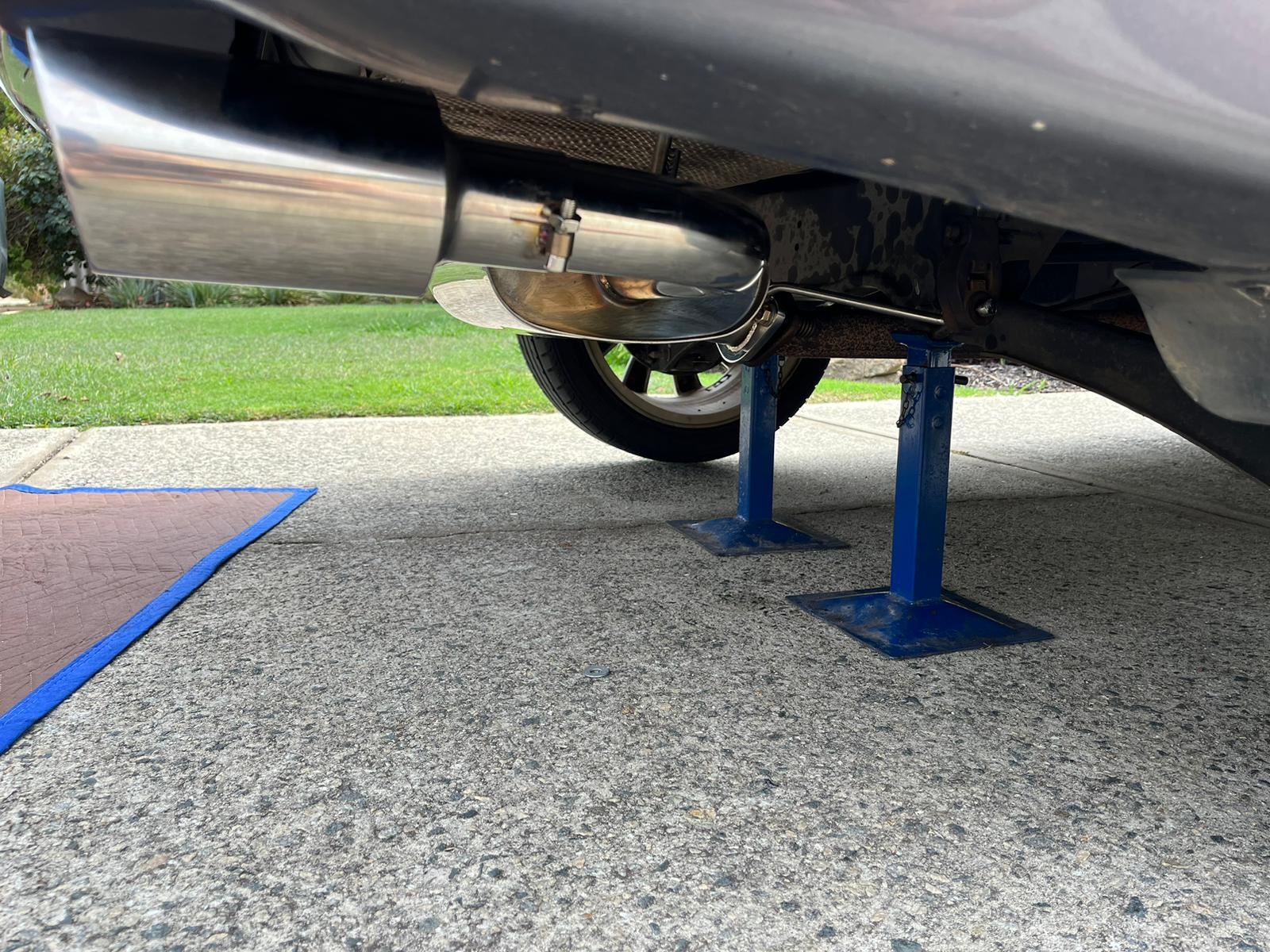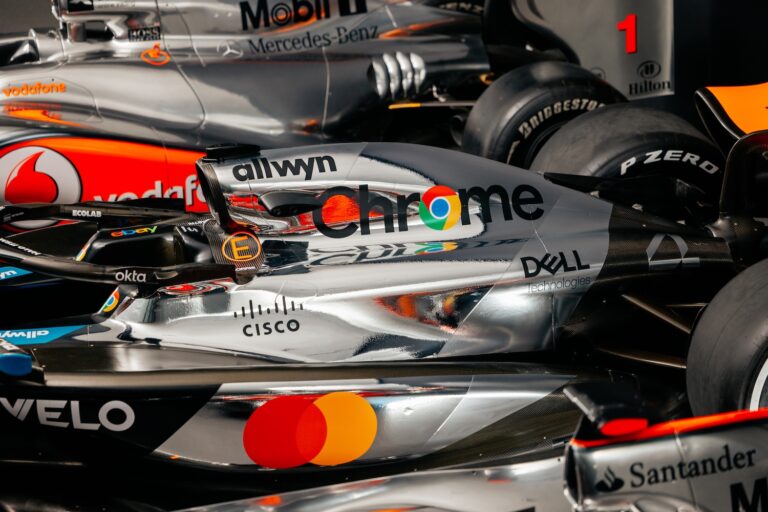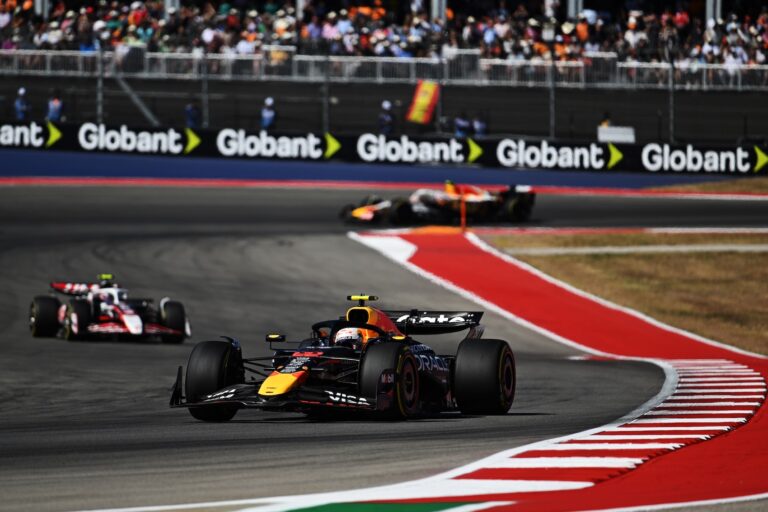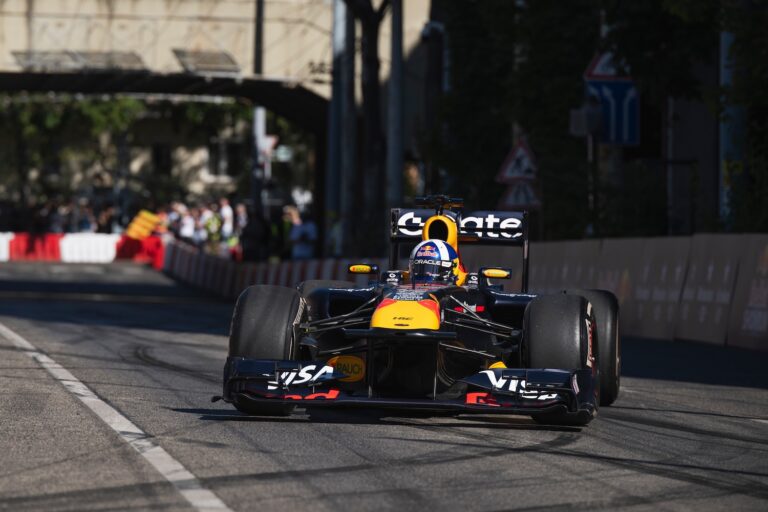Are you curious about how the high-octane world of motorsports impacts the design and functionality of the performance exhausts in your street car?
Wondering how innovations from the track make their way into your everyday drive?
Understanding the connection between racing technologies and street vehicle enhancements can significantly impact your driving experience.
The Evolution of Performance Exhausts
Performance exhaust systems have undergone significant transformations over the years, propelled by the advancements in motorsports.
Originally designed to enhance the efficiency of race cars, these exhausts have become a popular feature in street cars for their ability to improve engine performance, fuel efficiency, and sound quality.
Racing enthusiasts have always sought to push the boundaries of speed and efficiency.
Track-based innovations translate directly to the needs of street cars, shaping the evolution of performance exhaust systems.
Components of Performance Exhausts
Modern performance exhausts are designed with several components that aim to maximize engine output while minimizing emissions:
– Headers: These alter the exhaust flow to reduce back pressure and improve engine performance.
– Cat-Back Systems: They replace the exhaust system from the catalytic converter back, impacting flow and sound.
– Mufflers: These control the noise of the exhaust gases, enhancing the vehicle’s sound and power output.
– Tailpipes: The design and diameter of the tailpipe affect the exhaust’s exit flow and sound.
By adopting technology from high-performance motorsports, manufacturers have optimized these components for street cars.
Innovations From the Track
Motorsports act as a testing ground for technology and innovation, driving advancements that eventually filter down to conventional vehicles.
One key area is the development of materials used for exhaust systems.
Advanced Materials
In racing, weight reduction is paramount.
Therefore, materials like titanium and stainless steel, known for their durability and lightweight properties, are often used for crafting performance exhausts.
These materials not only withstand high temperatures but also contribute to overall vehicle weight reduction, translating into better fuel efficiency and speed in street cars.
Precision Engineering
In order to gain an edge on the racetrack, precision engineering is crucial.
Mandrel bending, a process that maintains a constant diameter within bent pipes, was adopted from motorsports into the design of street exhausts.
This enables smoother exhaust flow, reducing back pressure and thereby enhancing engine efficiency.
Aerodynamic Considerations
Aerodynamics play a vital role in racing, influencing how exhaust systems are designed and positioned.
The strategic placement and design of exhaust outlets impact vehicle airflow and stability.
These aerodynamic principles are now integrated into the design of performance exhausts for street cars, improving both performance and fuel efficiency.
The Impact of Performance Exhausts on Engine Efficiency
The primary function of performance exhausts is to allow the engine to breathe better, improving overall efficiency.
Optimized Power Output
Performance exhausts are designed to improve the flow of exhaust gases from the engine.
When exhaust gases exit more quickly and efficiently, the engine experiences fewer restrictions, thus producing more power.
An efficient exhaust system can increase engine horsepower and torque, providing a noticeable boost in performance for street vehicles.
Enhanced Sound Quality
Apart from improving efficiency, performance exhausts significantly enhance the sound quality of a vehicle.
Drawing inspiration from the deep, throaty sound of race cars, street performance exhausts are designed to amplify the vehicle’s engine notes.
This not only contributes to the driving experience but also allows drivers to express their individual style through their vehicle’s sound.
Fuel Efficiency
Enhanced exhaust flow also contributes to improved fuel efficiency.
By reducing engine strain, the engine consumes less fuel, which is beneficial for both high-performance vehicles and typical street cars.
Consequently, advancements in performance exhausts from motorsports lead to more economically efficient vehicles for everyday drivers.
Choosing the Right Performance Exhaust
Selecting the ideal performance exhaust for your vehicle can be a daunting task.
However, understanding your vehicle’s needs and how various exhausts function can simplify this process.
Compatibility and Fit
One of the most critical considerations when choosing a performance exhaust is ensuring compatibility with your vehicle’s make and model.
An ill-fitting exhaust system can lead to performance issues, increased emissions, and potential engine damage.
Consulting with professionals who specialize in performance exhausts or referring to your vehicle’s specifications can help you make an informed choice.
Material and Design
As mentioned, materials like titanium and stainless steel are preferred for their durability and lightweight properties.
However, the choice of material also depends on your budget and performance goals.
When it comes to design, options such as cat-back systems or axle-back systems offer varying levels of performance enhancements and sound quality.
Understanding these differences can help you select an exhaust that suits your driving style and vehicle requirements.
Maintenance and Longevity
Maintenance is key to ensuring the longevity of your performance exhaust system.
Regular inspection for leaks, rust, or damage can prevent costly repairs in the long run.
Additionally, understanding the warranty and support provided by the exhaust system’s manufacturer can offer peace of mind and long-term reliability.
The Future of Performance Exhausts
With technology advancing rapidly, the future of performance exhausts is set to evolve even further.
Eco-Friendly Innovations
Hybrid materials and new catalytic converter technologies aim to reduce emissions without compromising power and efficiency.
Smart Exhaust Systems
The integration of smart technology into exhaust systems is on the rise.
Adjustable sound profiles and active exhaust systems controlled via smartphone apps offer drivers greater control over their vehicle’s performance and sound.
This adaptability is one of the next steps in the evolution of performance exhausts, bridging the gap between racing technology and everyday driving.
Conclusion
In conclusion, the influence of racing innovations on performance exhausts is undeniable.
By borrowing technology and advancements from motorsports, street vehicles have benefited immensely in terms of power, efficiency, and sound.
Whether you are a racing enthusiast or a casual driver, understanding the benefits and options of performance exhausts can enhance your driving experience and align your vehicle’s performance with your personal needs.








